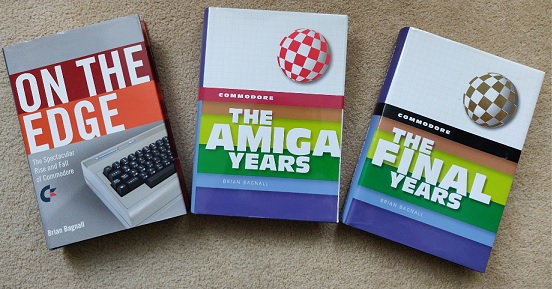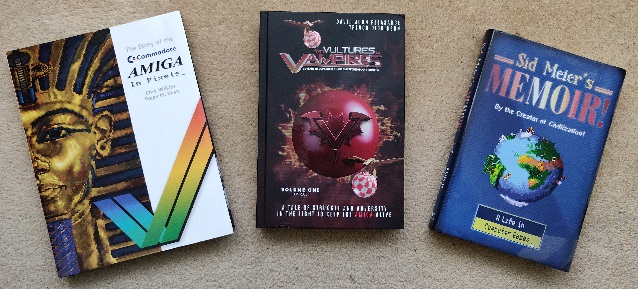New old Amiga kit
T he, Amiga has been though a number of phases since 85', from expensive, to cheap, then worthless, now expensive again.
Building Amiga systems now is a bit of challenge, but clearly there are lots of other people having simmilar mid-life crisis moments as almost everything can be got new, kickstarter, etc.
I've decided to go pretty picture heavy so ironically your going to have problems viewing this page on an Amiga, but thats not really the point.
|
The case
99% of the Amiga's made where games machines in 'wedge' cases with plastics that where not UV tolerent, after 30 years they have gone yellow and although they can be retro-bright'd they will just yellow again. The solution, a brand new case that mimics the computer you always wanted but could never afford.

Figure 1 - Replica Amiga 3000 case (designed by Stephen Jones), with Amiga 500 motherboard back panel and mountpoints. Note: Replica Amiga 4000/040 badge, which was fastest machine Commodore ever made.

Figure 2 - Top view showing floppy/CD support panels, PC style Mini-ATX power supply and power adaptor PCB.
|
The motherboard
Back in the 80's and 90's NiCd batteries where mounted on the motherboard to battery backup the RTC, super, except after 30 years they leak and eat away at the PCB. This kills the tracks, but generally leaves the Amiga custom chips still working on an otherwise dead board. The soltuion, get a brand new replica A500+ board and transplant the customs from a dead eBay find.

Figure 3 - Replica Amiga500 rev8 PCB (designed by Rob Taylor), most of the passives are still available but the IC's and Amiga port connectors need to be recovered from a damaged donor board. This is a purple Rev2.1 board.

Figure 4 - Rev6a donor board, KS 2.04, 1MB RAM, I used other donor Rev8a boards to get ECS parts such as the prized 8375 2MB Agnus.
|
The build
Luckily the vast majority of the parts used on A500 motherboards are still available new, so with bags of passives ordered, the odd Amiga bits, D23 connectors, etc need to be taken from the old board, new sockets for the everything and then fit the CPU, Amiga customs, etc.
Doing this with a newer A1200 board would be much harder as it was built surface mount which makes it much harder to de/re-solder, DIP through hole stuff is just about within reach of normal people.

Figure 5 - A500++ board populated with CSG custom chips and new passives. The battery is a lithium CR2032 type so this unit should last longer than the old models that suffered from battery leakage.
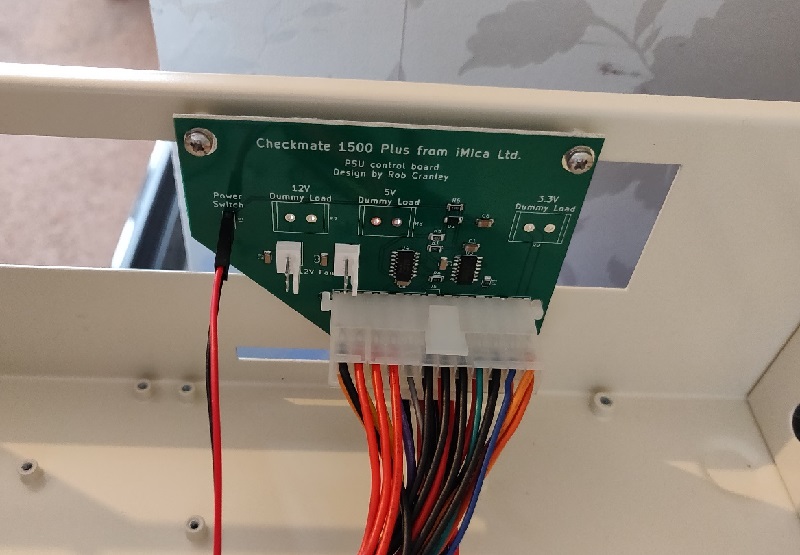
Figure 6 - Amiga power convertor (designed by Rob Cranley), modern PC supplies provide lots of power on the 12v line, but not much on the 5v line. Amiga wants most on the 5v line with minimal on the 3.3v and 12v lines.
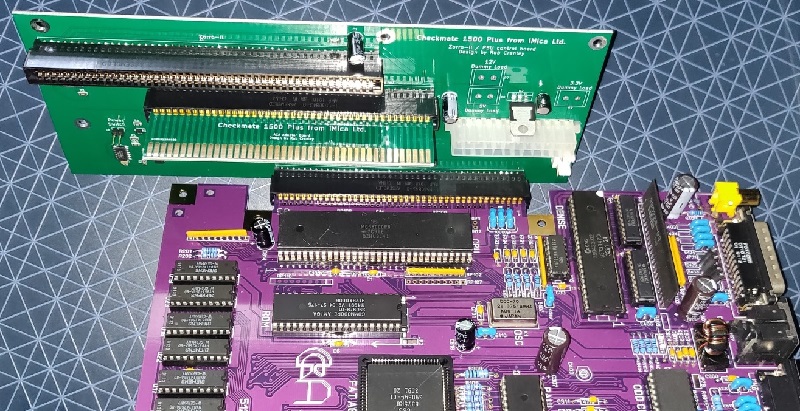
Figure 7 - The combined Zorro II and Power convertor (again by Rob Cranley)
|
Enhancements
Of course its not 1988 anymore so some things are just gone or silly expensive, so some adaptors are needed. Whilst we are at it lets get all the upgrades that we wanted but could never afford, that 2mb RAM upgrade, go for it !
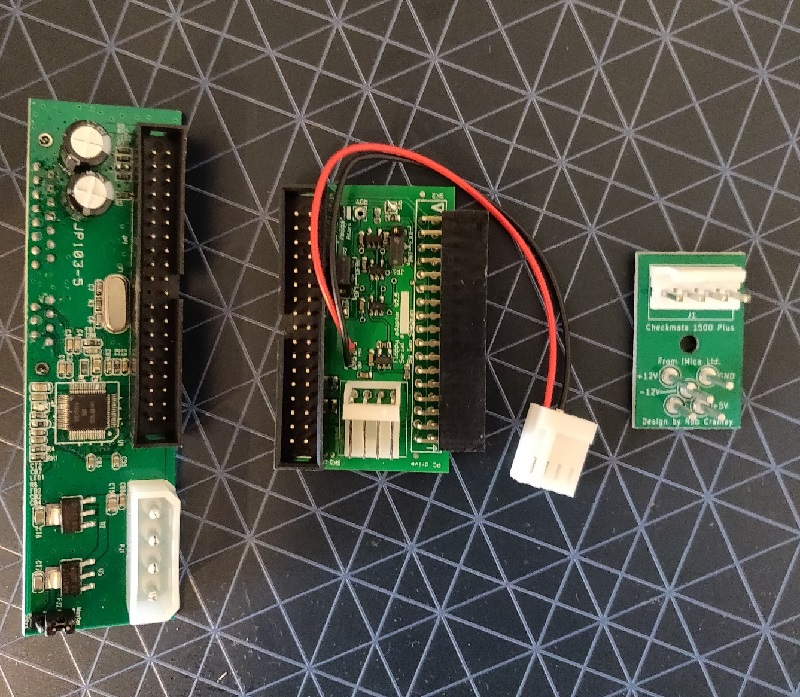
Figure 8 - More PCB's, from left to right:
1) SATA to IDE convertor as the AmigaOS kickstart ROM's never supported SATA drives for booting from.
2) PC to Amiga floppy convertor (designed by Ian Stedman), they are very similar, but the Amiga detected floppy inserts by seeking to track 0, this created the characteristic clunking that Amiga’s made.
3) Power connector adaptor (designed by Rob Cranley again) as the Amiga 500’s square power plugs are now very rare.

Figure 9 - 1MB Chip Ram upgrade from Chris 'Boobip' Morley, if you have ever seen an old Chip Ram upgrade you will notice how much smaller this is than the ones with 256kb (kilo-bit) memory chips.
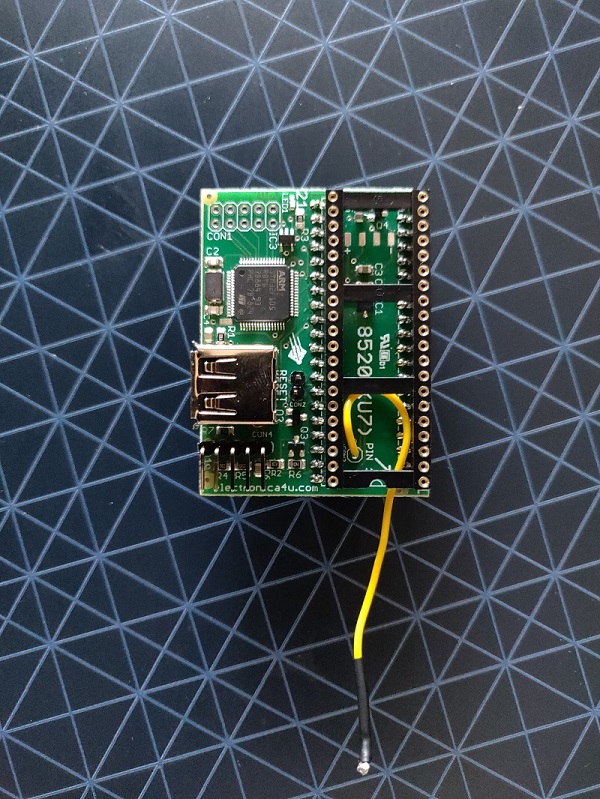
Figure 10: - AMiKEY 500 by Paweł Burdzy (PEA-IT), this fits over the ODD CIA (U7 8520), its effectively a small ARM micro with a USB stack.
|
Build 2
Lots of bits assembled, but does it work, can it really be that a collection of spare time projects attemping to kind-off reproduce 30 year old kit will really work ?

Figure 11 - First placement, with floppy tray and SFC power supply removed.

Figure 1 - First power on, yes it does live !

Figure 13- Circuitbenderes 4x ROM switcher (with rotary switch) with John Hertell’s DiagROM

Figure 14 - Initial placement with PSU cable placed

Figure 15 - With the USB keyboard adaptor fitted

Figure 16 - With DiagROM fitted, but with floppy drive tray removed for floppy fitting.

Figure 17 - Kickstart 3.1.4 ROM's installed, 35 years after the first release, not bad. Longer than Windows, longer than Linux, longer than MacOS, longer than BSD ?,.. well pretty much. I can only this of OpenVMS (77') that has been around longer and still in development.
|
Go faster stripes
So the Amiga500 had a 7Mhz 68000, and still the games a pretty good,.. but we can push this a bit further, original Amiga accelerator cards are super expensive on aution sites, but again, the solution ?,.. get a new 2019 design, but retro accelerator, step in the TF536 by Stephan Leary (TerribleFire).
64mb Ram, 50Mhz 68030, everything i wanted in 1998, and it comes with an IDE port so we can use CF cards to get a harddisk, now we are getting somewhere.

Figure 18 - TF536 by Stephan Leary (TerribleFire), with 68030/50 CPU
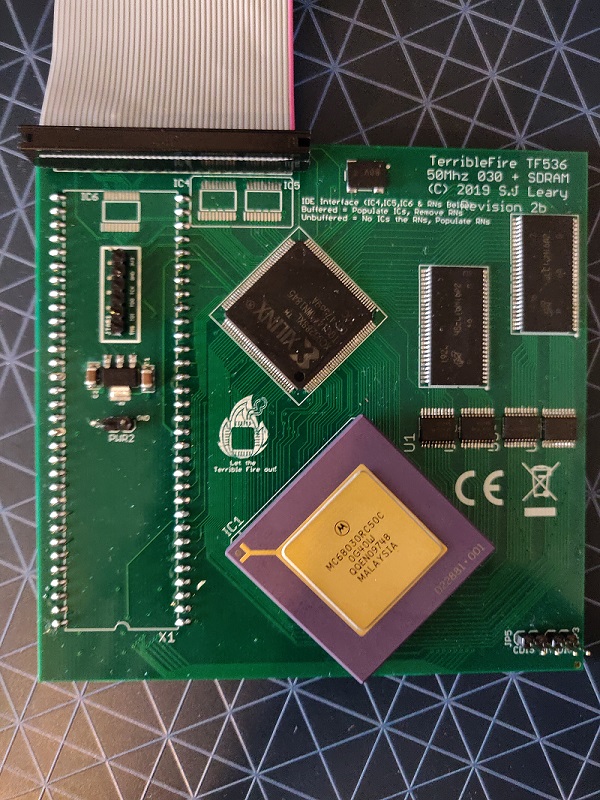
Figure 18a - Assembled, nice neat design CPU local ram, FPGA for bus access/decoding and IDE emulation.

Figure 19 - Modern IDE drives, also known as Compact Flash cards
|
Really pushing it
Introducing the MNT ZZ9000 by Lukas F. Hartmann (MNT Research GmbH), pretty amazing people are still making kit like this. Provides a Picasso 96 workbench for coding (SAS/C + GoldED), and throws in USB and Ethernet at the same time. The Ethernet is very usefull for networking the Amiga for aminet and wdhload access.

Figure 20 - Nice box, looks professional, becuase it is.
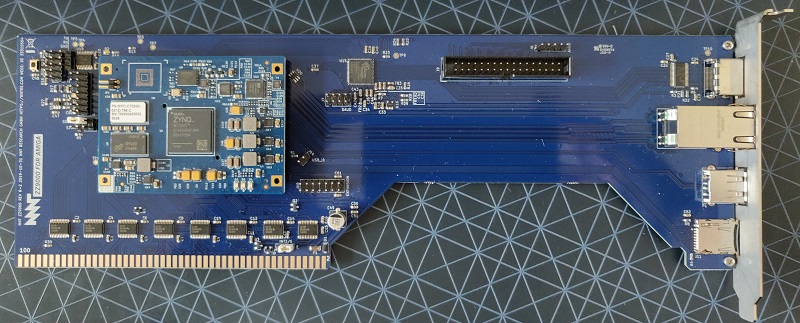
Figure 21 - A Full length Zorro II card with P96 graphics, USB (mass storage) and Ethernet for my Amiga.
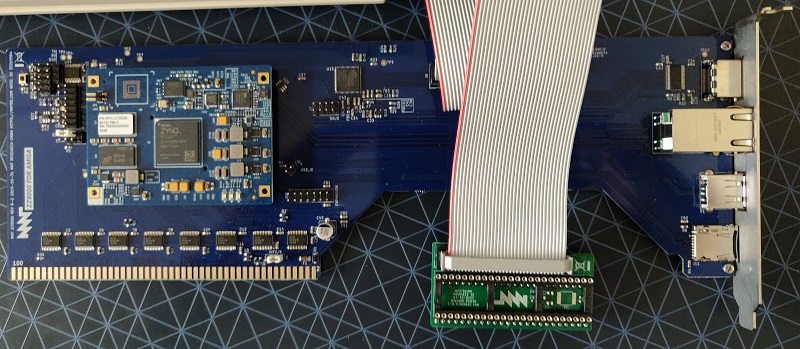
Figure 22 - For a A500 you need to capture the ECS chipset output to scan-double so there is a Denise adapter for just that purpose, finally Super Cars on a HDMI TV to replicate 1988.
|
Big Box Amiga's
Back in the 80's and 90's when most of my friends where playing games on there Amiga 500's i remember looking at adverts for the 'Big Box' machines, like the A2000, A3000, etc that looked like professional machines, but where crazy expensive, in late 80's money over £2000, cost of a car !
With these machines you could add 'Zorro' cards, like the Picasso craphics cards by companines like Village Tronic, the famous GVP (Great Valley Products) accelerator cards, etc.
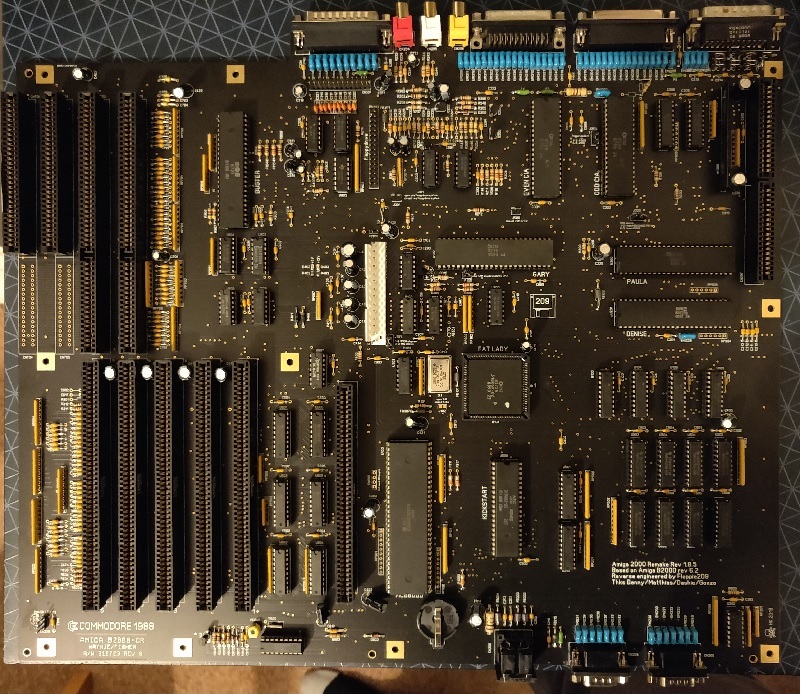
Figure 23 - Replica A2000 Rev 6.2 motherboard by Floppe209, all parts taken from a dead A2000, its mostly simmilar to a A500, but with a Buster and Zorro sockets.
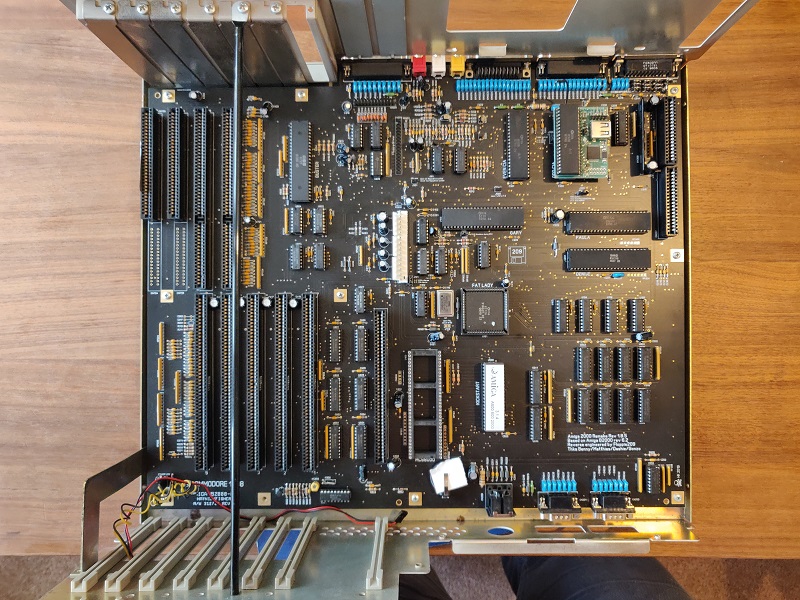
Figure 24 - Fitting into an A2000 chasis, slots and ports all lined up nicely, Kickstart 3.1.4 ROM fitted.
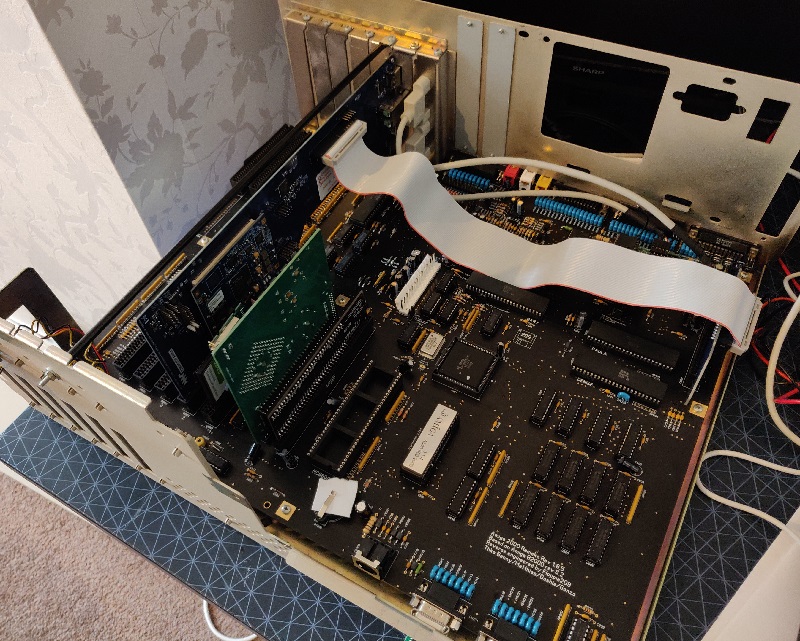
Figure 25 - Now with ZZ9000 and TF536 (via CPU slot adaptor) fitted. ZZ9000 is trailing a long cable to the A2000 video slot, and the CIA has grown a USB keyboard adapter thats comming out via the rear slots.
|
